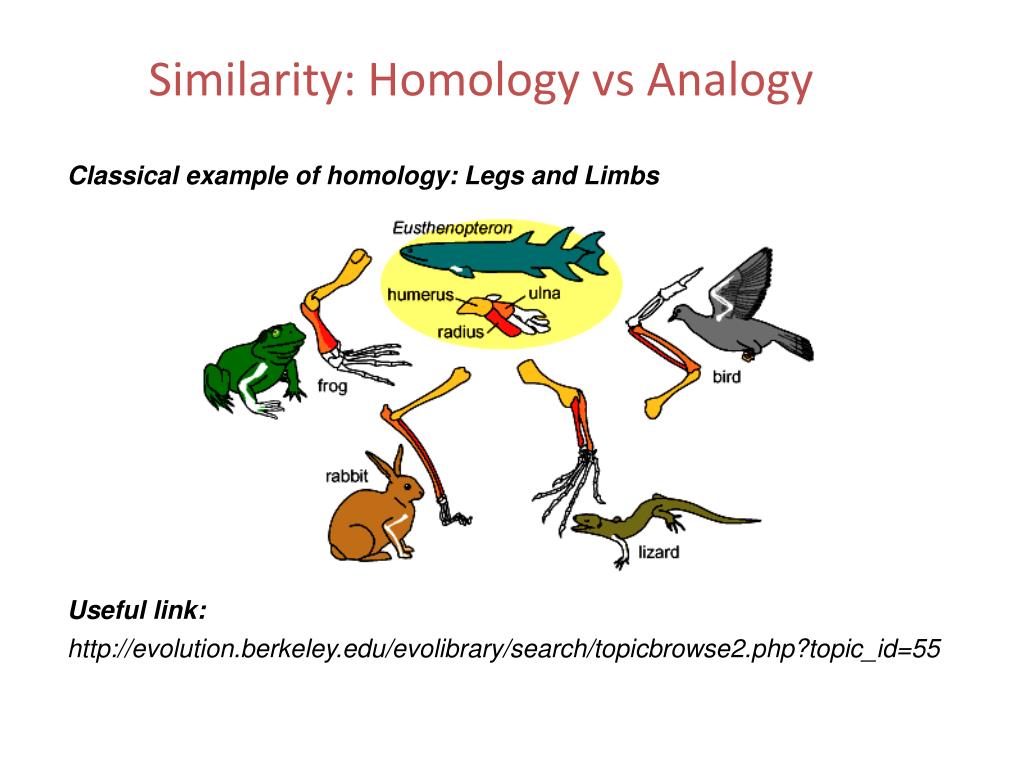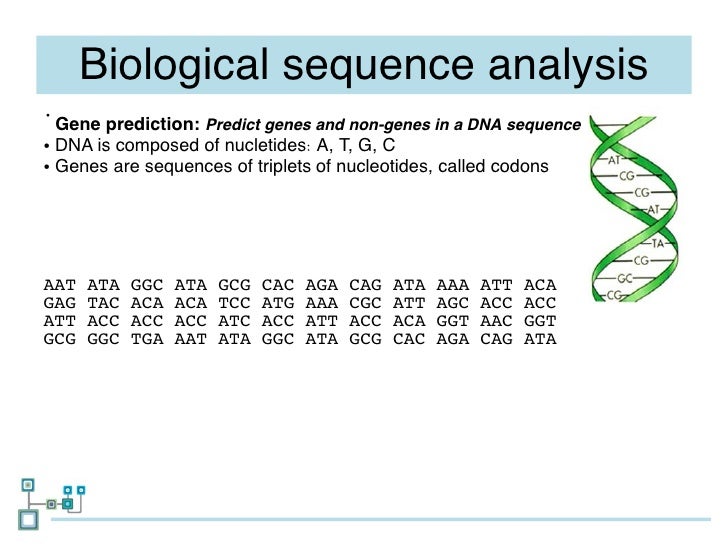

In addition, it could be particularly useful for molecular biologists" Theoretical Population Biology My overall evaluation is that this book is very good and a must read for active participants in the field. Probablistic models are becoming increasingly important in an. "This is one of the more rewarding books I have read within this field. Read reviews from worlds largest community for readers.

#BIOLOGICAL SEQUENCE ANALYSIS FREE#
Eddy (Author), Anders Krogh (Author), 49 ratings eTextbook 20.67 - 39.99 Read with Our Free App Hardcover 569.40 1 Used from 569.40 Paperback 15.90 - 56.55 46 Used from 3.15 15 New from 36. ".successfully integrates numerous probabilistic models with computational algorithms to solve molecular biology problems of sequence alignment.an excellent textbook selection for a course on bioinformatics and a very useful consultation book for a mathematician, statistician, or biometrician working in sequence alignment." Bulletin of Mathematical Biology Biological Sequence Analysis: Probabilistic Models of Proteins and Nucleic Acids 1st Edition by Richard Durbin (Author), Sean R. The biological information associated with the homologous sequences. Distributed memory building blocks for massive biological sequence analysis dc.subject, Bioinformatics dc.subject, K-mer index dc.subject, K-mer counting dc.
#BIOLOGICAL SEQUENCE ANALYSIS SOFTWARE#
"The book is amply illustrated with biological applications and examples." Cell It introduces biological sequence analysis problems, discusses the benefit of using software libraries, summarizes the design principles and goals of SeqAn. The first method is used to retrieve sequences that are homologous to a query sequence. This book provides the first unified, up-to-date and self-contained account of such methods, and more generally of probabilistic methods of sequence analysis, presented in a Bayesian framework. The topics covered range from the foundations of biological sequence analysis (alignments and hidden Markov models), to classical index structures (k-mer. Sequences evolving over species and clades through mutations include insertions, deletions (indels), and mismatches. So, two species sharing common ancestors are known as homologues species. It establishes the relation of new bacteria/viruses to its ancestors if any exists, also known as homologues species. Probabilistic methods are assuming greater significance in the analysis of nucleotide sequence data. Programmatically, biological sequence analysis is not much different than comparing strings and text, and thus, developing the concept of alignment is important. Biotechnologists take the help of biological sequence analysis whenever they develop a new medicine or vaccine for any viral or bacterial disease.


 0 kommentar(er)
0 kommentar(er)
